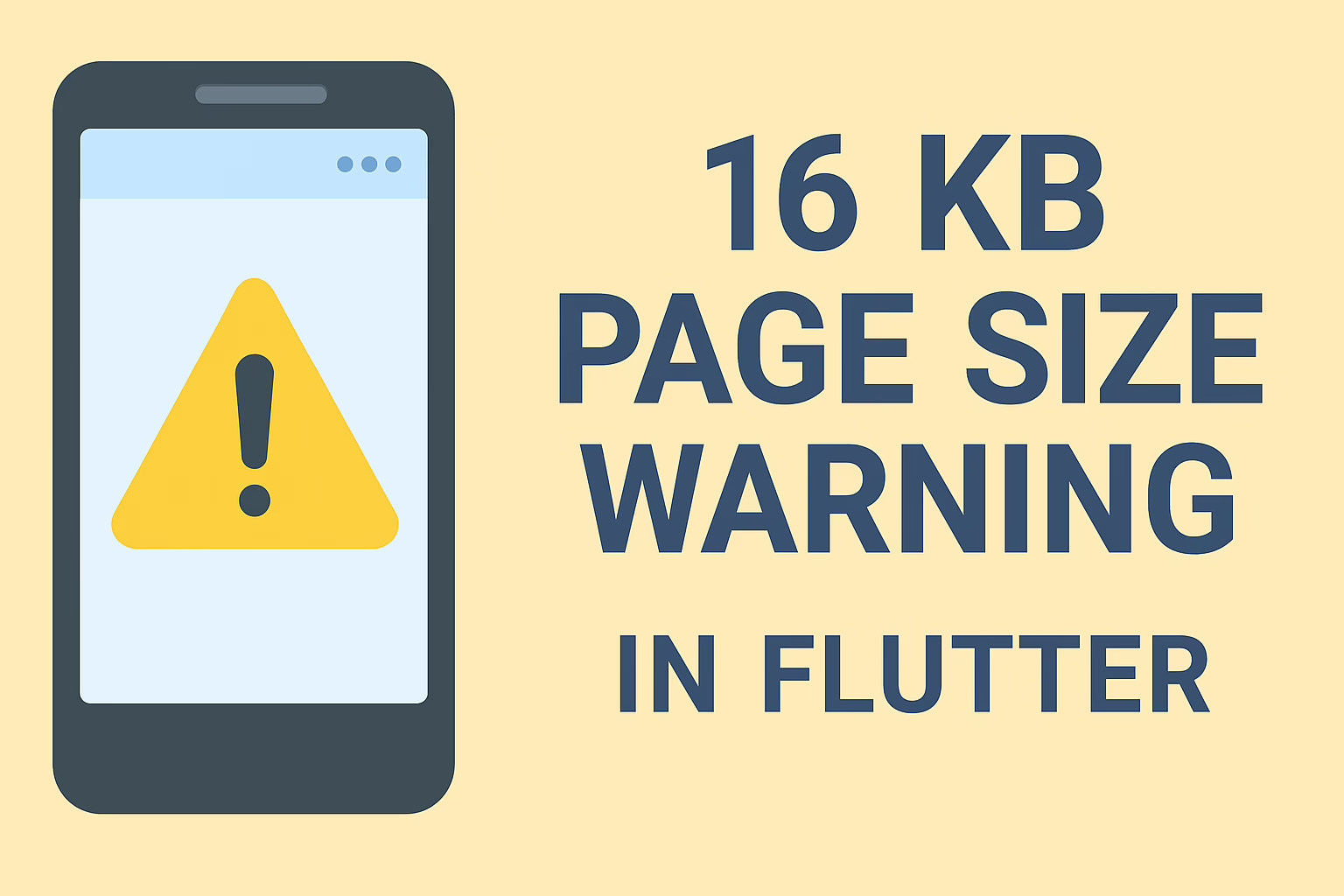For Flutter developers to produce high-quality applications, testing, and debugging are essential steps in the software development process. This blog aims to help you optimize your development process and produce better apps by examining some best practices and tools for testing and debugging Flutter apps.
Unit Testing
Individual units or components of your program can be tested separately through unit testing. Unit tests can be created and executed using Flutter’s built-in test package. Among the top techniques for flutter unit testing are:
- Writing tests before introducing new features or modifications.
- Testing potential pitfalls and error scenarios.
- Organizing and maintaining test code.
- Using dependency injection and mocking to segregate components.
Widget Testing
The behavior of individual widgets and their interaction with other widgets can be tested using widget testing. The Flutter testing package allows you to create and execute widget tests with Flutter. Following are some suggestions for widget testing in Flutter.
- Creating tests for each widget individually.
- Evaluate widget behavior in each stage.
- User interactions are simulated using the widget tester API.
- Refactoring tests to keep them up to date when the application changes.
Integration Testing
The interaction between various portions of your software can be tested through integration testing. The Flutter driver package allows you to create and execute integration tests using Flutter. For flutter integration testing some best practices are as follows:
- Testing user flow and end-to-end scenarios.
- Encapsulating UI elements with the page object pattern.
- Establishing situations that closely resemble production situations for testing.
- Examining test findings to find and address problems.
Debugging tools
To assist developers in finding and resolving problems in their apps, flutter offers a variety of debugging tools. Some of the more practical tools are :
- For the purpose of examining memory utilization and performance, the Dart Observatory offers a web-based interface.
- The Flutter DevTool offers a collection of tools for assessing and debugging Flutter apps.
- Individual widgets in your app can be inspected and debugged using flutter inspector.
- Logging and breakpoints which let you pause the execution of the app and print the messages at the precise point of the code.
Best Practices For Testing And Debugging In Flutter App
- Test Driven Development(TDD)
Writing any actual code, TDD entails writing automated tests for each section. Developers may make sure that their code is tested, maintainable, and less prone to errors by adhering to TDD.
- Use the built-in Flutter test framework
Developers can create and execute unit, widget, and integration tests using Flutter’s integrated testing framework. The framework offers a number of tools, such as the flutter_test package, test function, and expect method, to enable the creation and execution of tests. For your Flutter project, these tools make it simple to write, run, and analyze tests.
- Use flutter DevTool
A collection of performance and debugging tools called Flutter DevTools can assist you in raising the caliber of your project. DevTools has a number of capabilities, such as a timeline view, memory view, and logging view. You can also use these tools to find performance problems, memory leaks, and other issues in your app.
- Use the Flutter driver for integration testing
Developers can conduct integration testing for their Flutter apps using the testing tool Flutter Driver. Developers can create automated tests that interact with the app much like a user would be by using Flutter Driver. Moreover, this tool is used to find flaws and mistakes in your app that unit or widget testing might miss.
Tools For Testing And Debugging
- Flutter Test
Developers can conduct unit, widget, and integration tests for their Flutter apps using the command-line tool Flutter Test. The program offers a number of options for filtering and running tests based on particular criteria. Additionally, Flutter Test may produce data on code coverage that can be used to pinpoint portions of your code that require additional testing.
- Flutter DevTools
Flutter DevTools offers a variety of performance and debugging tools to assist you in raising the caliber of your project. DevTools are accessible via the Chrome extension or the Flutter SDK. DevTools also gives you immediate feedback on your app’s functionality, memory utilization, and other factors.
- Flutter Driver
Using the integration testing tool Flutter Driver, you can create automated tests that interact with your app much like a user. In addition to testing your app’s navigation and state management, Flutter Driver tests may replicate user behaviors like tapping and swiping.
- Firebase TestLab
A cloud-based testing platform called Firebase Test Lab enables you to test your app on a variety of hardware and setups. You may use Test Lab to execute automated tests on actual or virtual devices for your app, as well as to evaluate how well it performs in various network scenarios.
- Sentry
Sentry is a solution for error monitoring that can assist you in finding and fixing faults in your app. It offers in-the-moment error reporting and can ping users when fresh issues appear. Sentry can also reveal the underlying causes of errors, which can speed up error correction.







